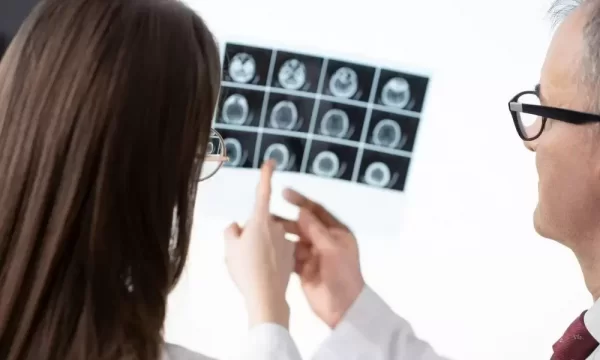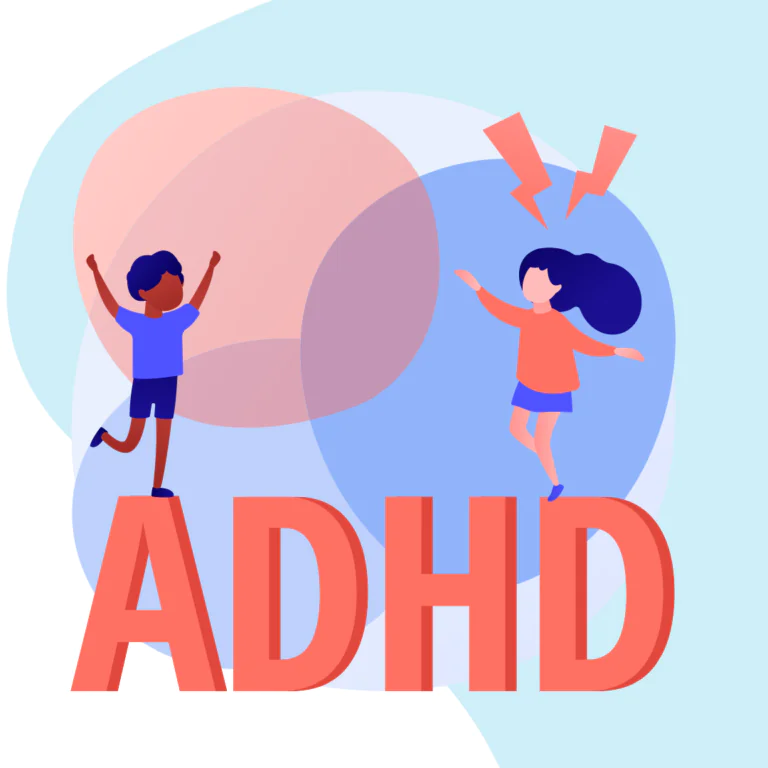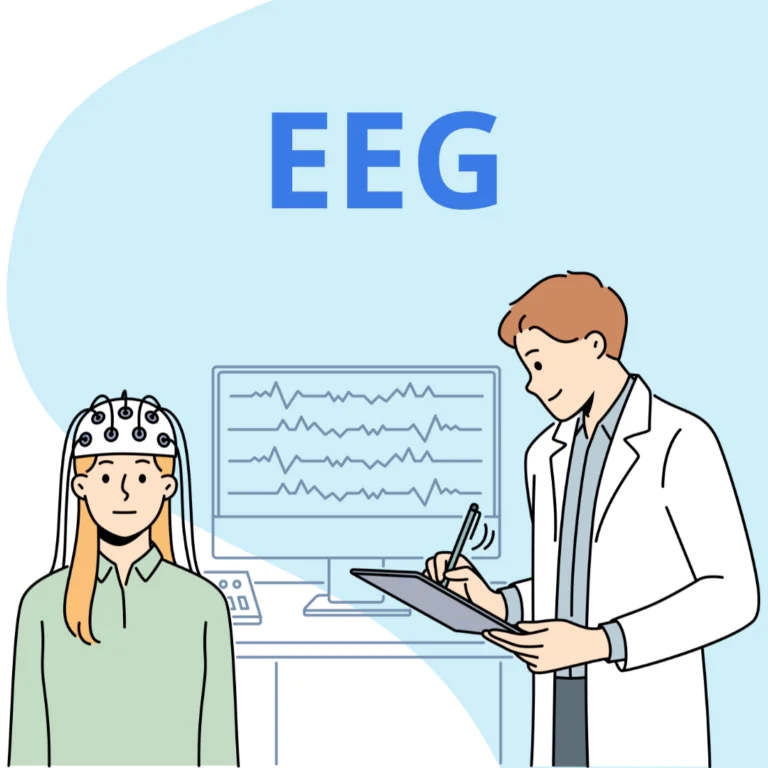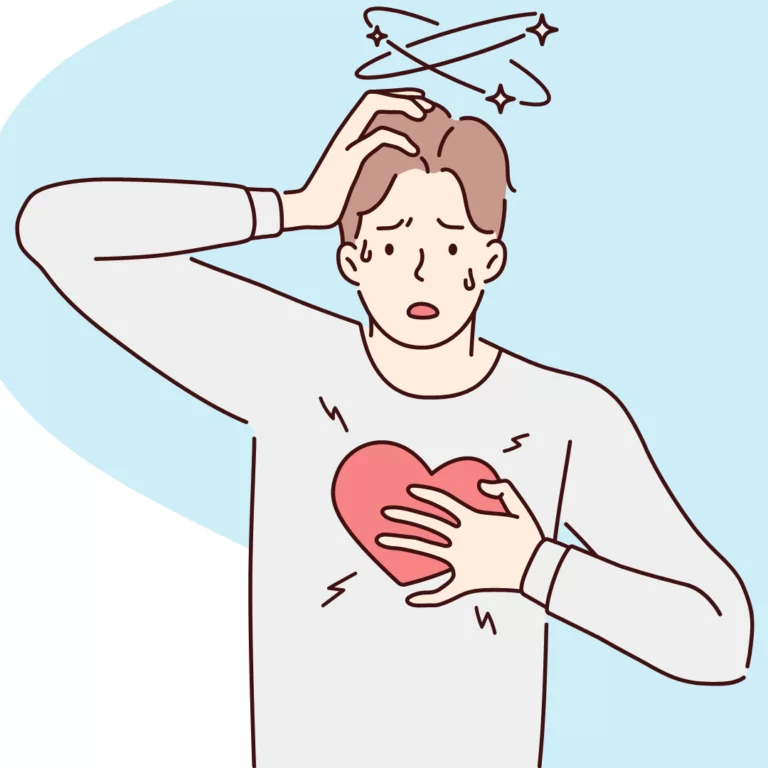Millions of patients worldwide suffer from the Temporal Lobe Epilepsy. We know a great deal about it, more than about any other form of epilepsy. There are thousands of volumes of literature on the subject, and the experience of doctors and patients translates into the availability of a large number of clinical descriptions and interventions. And yet, although it is so well understood, it can be difficult to diagnose and difficult to treat because it is often drug-resistant, and its therapy is usually tedious and lengthy.
Table of contents
What is Temporal Lobe Epilepsy and what are its forms?
Temporal Lobe Epilepsy (TLE) is a type of focal epilepsy which occurs as a result of discharges in the temporal lobe, particularly in the medial part of the temporal lobe. This is where the hippocampus, the amygdala and the parahippocampal gyrus are located. This part of the brain is responsible for many of our body’s functions, including: speech, the sense of smell and hearing, various forms of memory or object recognition. A damage to this area results in speech, hearing and sense of smell disorders, as well as memory problems. The Temporal Lobe Epilepsy is the most common epilepsy syndrome.
There are two main types of temporal epilepsy:
1. MTLE (mesial temporal lobe epilepsy), epilepsy originating in the medial, so-called mesolimbic part of the temporal lobe; discharges occur within the hippocampal complex (so-called mesial temporal sclerosis – MTS).
2. LTLE (lateral temporal lobe epilepsy), temporal epilepsy originating in the lateral part of the temporal lobe; discharges occur within the so-called temporal lobe neocortex (usually a well-differentiated tumour, vascular malformation or developmental abnormality of the cortex are seen in this case).
The symptoms of the TLE
Seizures in TLE are similar and easily distinguished as belonging to this disease entity and usually begin in childhood and adolescence. TLE is characterised by sudden and violent seizures, accompanied by convulsions and loss of consciousness. Complex partial seizures, which may secondarily generalise, are the most frequently found in the course of this disease. Before a seizure, patients often report symptoms that indicate the onset of the seizure, that is the aura, occuring as the abdominal pain.
After a seizure, the patient is usually confused for some time and it takes a while before they regain contact with reality.
Other symptoms, occurring in the course of TLE, include:
- fixing one’s attention on something, motionless,
- epileptic automatisms such as smacking, clicking one’s tongue, rubbing the face,
- gradually progressive loss of consciousness.
The analysis of EEG recordings carried out between seizures indicates the presence of focal slowing activity in the temporal region. Epileptiform sharp waves or spikes in the anterior temporal region are evident.
The diagnosis of TLE
The diagnosis of TLE involves the same diagnostic tools as for other types of epilepsy. The basis of any diagnosis is an in-depth anamnesis – it is responsible for an accurate diagnosis in up to 80%. This is because the symptoms of TLE are symptomatic and an experienced epileptologist will easily recognise them and attribute to a particular type of epilepsy.
The anamnesis is supplemented by an electroencephalographic (EEG) examination [read here about the EEG examination]. In the case ofTLE, changes in this examination are visible within the temporal lobe of the brain.
Rolandic epilepsy in children – a benign variant of TLE
Rollandic epilepsy is one of the most common forms of epilepsy in children, and occurs as a result of abnormalities in the temporo-frontal regions of the brain, which makes it a special form of TLE. Rollandic epilepsy occurs in 4-13 year-old children and is characterised by recurrent and generalised epileptic seizures which usually occur during sleep.
A preceding symptom of seizures in rolandic epilepsy is the so-called somatosensory aura, which involves symptoms such as gastric distress, tingling or numbness around the mouth or a feeling of choking.
During the seizure itself, the child is usually conscious, but may experience speech and sometimes consciousness disturbances. Seizures are often accompanied by involuntary movements, drooling, and a feeling of numbness in half of the face or in the whole body. After a seizure, vomiting and temporary cognitive impairment may occur.
TLE in adults
Three types of seizure distinguished in this form of epilepsy are:
- simple partial seizures, with phenomena such as déjà vu and jamais vu (the opposite of déjà vu) and disturbances of speech, smell and hearing,
- complex partial seizures, with disturbances of consciousness, accompanied by convulsions, staring at one point and speech disturbances,
- secondary partial seizures, characterised by loss of consciousness and involuntary muscle contractions.
Adult patients with TLE also often struggle with a sense of alienation. They sometimes have problems recognising familiar objects and people, as well.

How TLE is treated?
Treating epilepsy with antiepileptic drugs may not be very effective in TLE, although several generations of drugs offer the possibility of mono- and polytherapy, which sometimes results in a significant improvement.
Unfortunately, TLE is usually classified as medically refractory epilepsy (MRE) and therefore most patients do not respond to treatment at all. MRE is diagnosed when, despite optimal treatment with two or more consecutive antiepileptic drugs, there is no improvement in the patient’s quality of life and there is no adequate seizure control.
In such cases, it is advisable to reach for a surgical solution: neurosurgery to remove the epileptic focus. Modern neurosurgical instruments and applied methods, such as neuronavigation, allow to perform the operation as safely as possible. One of the methods used to remove epileptic foci is the Spencer method, which involves removing structures of the hippocampus complex and the pole of the temporal lobe.
It is calculated that in 70-80% of patients with TLE, neurosurgery is able to stop the seizures. Surgery is recommended especially in young people, before the disease has progressed.
If a patient is unwilling or unable to undergo the treatment, or if the treatment has proved ineffective, the treating physician may suggest other methods, such as vagus nerve stimulation (VNS) or new medications. With the rapid development of medicine, new possibilities are emerging, but regardless of the choice of treatment and its effectiveness, it is important to always individualise the process. Every patient with epilepsy goes through it differently, and that is why a personalised approach and great knowledge of how to conduct the treatment, sometimes for several years, for patients with this condition is so important. Neurosphera is experienced in planning and managing the care of patients with even the most difficult cases of epilepsy.
Are you ill? Do you see a seizure? What to do?
If you suffer from epilepsy, you should always remember to take your medications regularly and carry it with you when you leave the house, as well as a wristband indicating that you have epilepsy. If you feel the aura coming on, let the person you are with know about it and warn them of an impending seizure. Try to tell them how they can help you and ask them, if possible, to help you move to a soft, carpeted area or even a lawn.
If you witness an epileptic seizure, you can help. First of all, protect the patient’s head so that it does not hit a hard or sharp surface. Never put anything into the person’s mouth or hold their limbs because in case of severe convulsions they may even break. After a seizure, the patient may enter a state of so-called postictal sleep. Do not wake the patient from this state; wait until the patient wakes up. However, the patient can be placed in the recovery position. If the epileptic seizure is prolonged or if you see that the patient has been injured during the seizure, call an ambulance.




